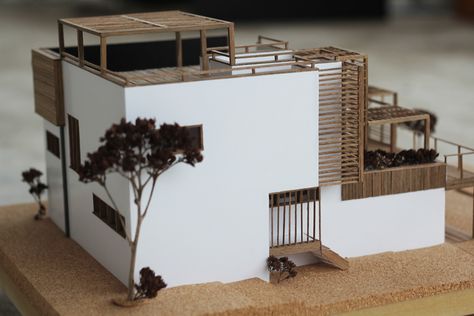Models are highly sought after for prototyping, simulation, and presentation of various objects. To become a professional model maker, one can pursue a BAC PRO Technician in Model Making and Prototyping or simply engage in model fabrication using various tools.
The model market is growing, and models are in demand in the fields of architecture, DIY, prototyping, and railway (HO scale). Buildable models aim to present ideas to clients and the public in the most realistic way.
Construction Steps
First and foremost, it's essential to review the specifications to smoothly prepare the materials and study scales. Constructing a buildable model may require a wide range of materials to carry out various construction stages: cutting, gluing, painting, sanding, etc. A cutting mat is necessary for protection.
The fabrication phases vary depending on the model's domain. An architectural model requires both interior and exterior study. The model maker employs wood or other materials to create the building's structure. There can also be models of bridges, boats, and characters. Depending on the work's quality, the model maker can apply patterns and replicate the object's textures to complete the exterior of the model.
A buildable model can also involve creating contextual models that reflect the landscape, vehicles, and characters. These context models bring the overall model to life. Independent model makers sell dolls and figures online. They can earn money without formal training by selling their small-scale models in hobby markets and providing raw-shaped pieces to model designers.





